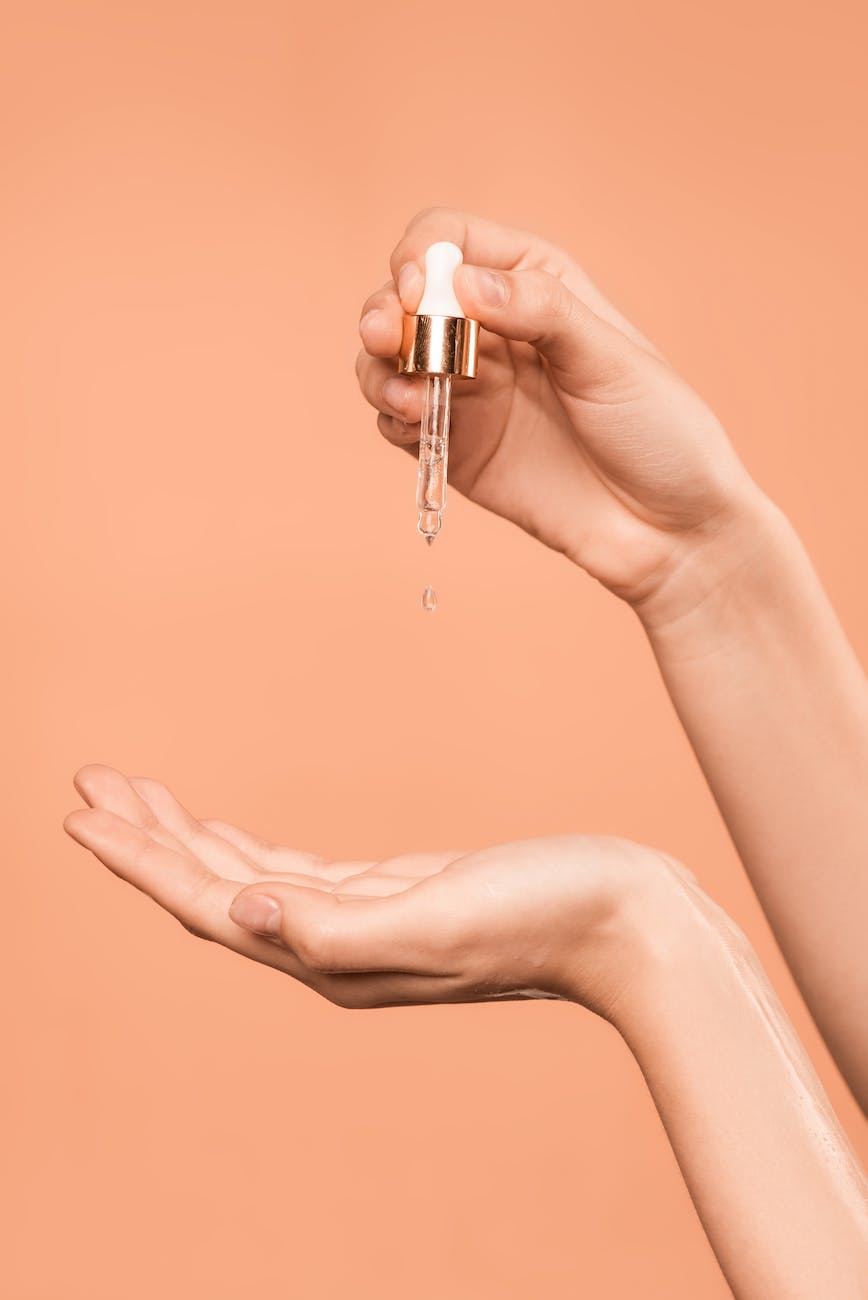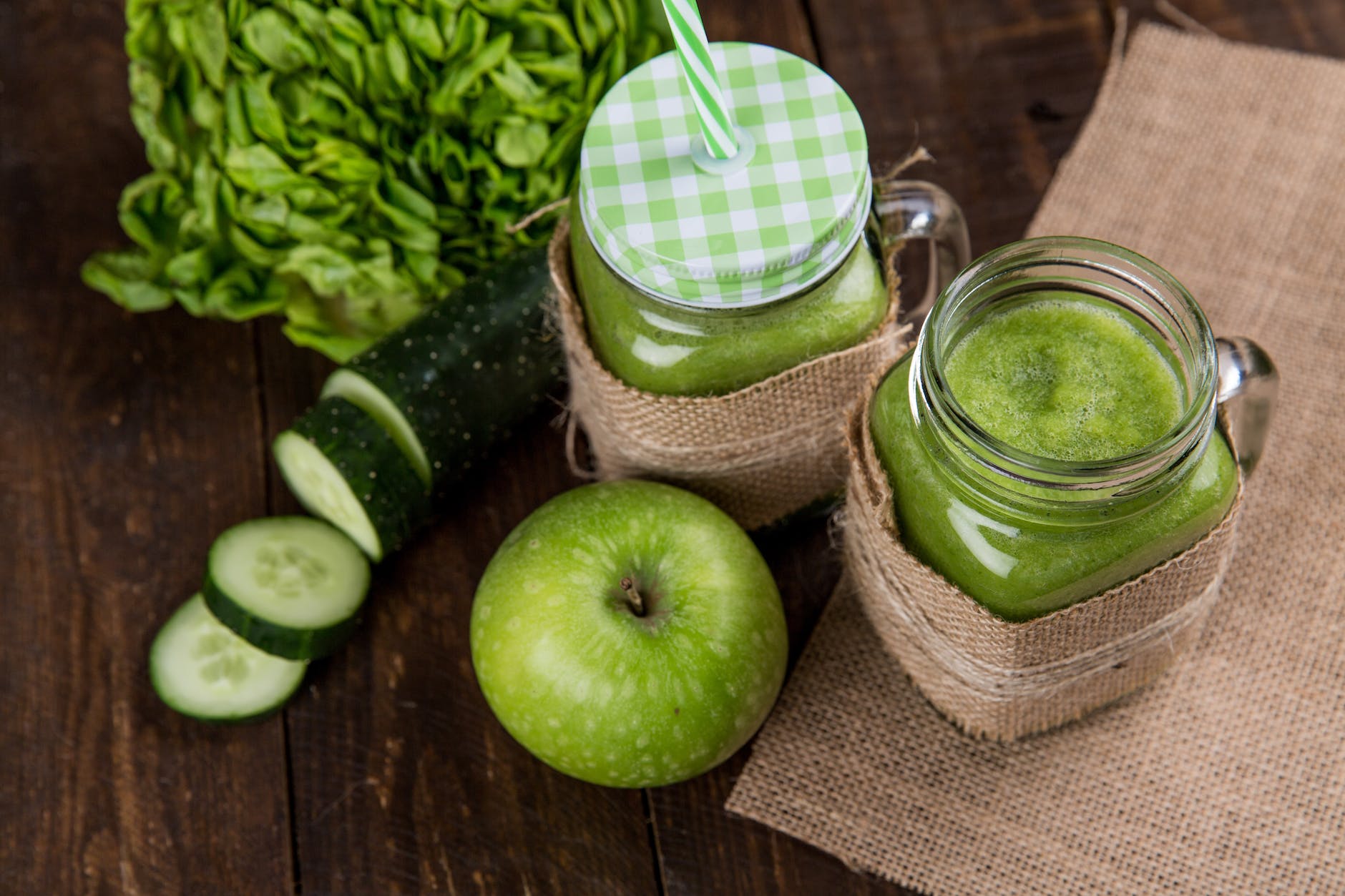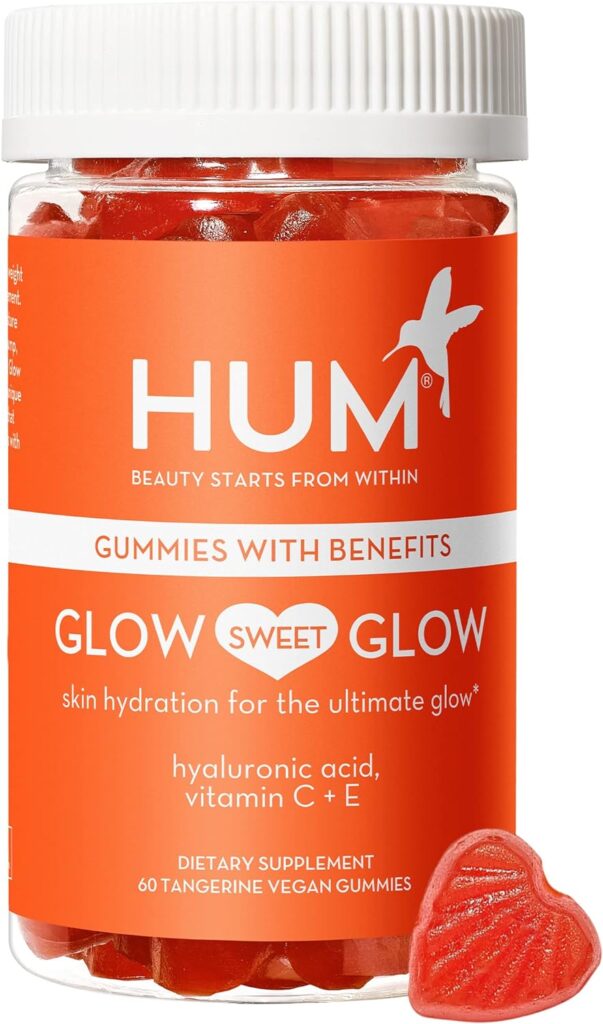Including hyaluronic acid foods in your diet will help you achieve a bright complexion. Jessica Bippen, MS, RD, discusses which foods naturally contain hyaluronic acid and which plant-based meals can increase your body’s synthesis of the well-known moisturizing molecule.
Hyaluronic acid is gaining popularity in the beauty business, and for good reason. When used topically, it can improve the appearance of your skin by sealing in moisture and keeping it hydrated. What was the end result? Skin that is plump nourished, and positively glows.

While it is more often administered topically, research indicates that consuming hyaluronic acid foods and supplements can help your skin by minimizing wrinkle formation. These HA-rich foods can also boost collagen formation, keep tissues and joints lubricated, and help with wound healing. You may maintain fresh, hydrated skin and a healthy body by including hyaluronic acid in your diet. Continue reading to learn about the best hyaluronic acid meals.
FIRST, WHAT EXACTLY IS HYALURONIC ACID?
Hyaluronic acid, commonly known as hyaluronan, can be found all over the body. The skin, connective tissues, and synovial fluid, which lubricates your joints, contain the highest concentrations of hyaluronic acid.
Your body breaks down naturally existing hyaluronic acid and creates less of it as you age. This process contributes to some of the most evident indications of aging, including dry skin, fine lines and wrinkles, and joint pain.
The good news is that you may deliberately halt this process by including particular meals and substances that assist your body in rebuilding its hyaluronic acid levels.
WHAT IS THE FINEST SOURCE OF HYALURONIC ACID?
Because hyaluronic acid is spread throughout cells and aids in the formation of connective tissues, it is abundant in animals such as cows, fish, and poultry. Animals provide the finest hyaluronic acid food sources. However, there are plant-based and vegan hyaluronic acid sources.
HYALURONIC ACID-RICH FOODS
Because hyaluronic acid is spread around cells and aids in the formation of connective tissues, it is abundant in humans and animals such as cows, fish, and poultry.
Plants, contrary to popular assumption, do not contain hyaluronic acid. It is also not found in fungi or insects. As a result, animals provide the best hyaluronic acid food sources.
BONE BROTH The best food source of hyaluronic acid is bone broth.
This golden elixir is made by slowly heating the bones of animals such as chickens, cattle, and fish in water. Slow cooking degrades the bones, skin, cartilage, and ligaments of animals. As a result, their nutrients, such as hyaluronic acid and collagen, are released.
Bone broth is a nutrient-dense beverage that can be consumed. You can also use it in soups, stews, grains, and beans in place of water, broth, or stock. (As an added benefit, it’s one of the best immune-boosting soup components available.)
ORGANIC MEAT
Most cattle organs, as well as fish eyeballs, are excellent natural sources of hyaluronic acid.
While consuming organs such as the liver can assist your body in maintaining its hyaluronic acid levels, these items are rarely seen in Western diets. What’s the good news? You don’t need to eat organ meats or eyeballs to increase your hyaluronic acid synthesis.

CAN I GET HYALURONIC ACID FROM VEGANS?
Animal hyaluronic acid is commonly included in hyaluronic acid supplements and topical treatments. However, there are vegan sources of hyaluronic acid, which are generated from bacteria and yeasts that are fermented. (HUM’s vegan hyaluronic acid supplement contains HA derived from microbial fermentation.)
Plant-based sources of hyaluronic acid include chlorella (green algae infected with the chlorovirus). This fermentation procedure normally yields hyaluronic acid with a low molecular weight, which is suitable for skin advantages.
7 FOODS THAT SUPPORT THE PRODUCTION OF HYALURONIC ACID
Plants, according to many sources, contain hyaluronic acid. They do, however, lack supporting research.
While plant sources do not natively contain hyaluronic acid, they do include elements that promote hyaluronic acid production. Consider these the HA building blocks. Naringenin, vitamin C, zinc, magnesium, and phytoestrogens are among them.
Here are some of the best vegan and vegetarian foods that can help your body produce more hyaluronic acid.
1. FOODS HIGH IN NARINGENIN
Narin-what? Don’t be concerned if you’ve never heard of naringenin. This bioactive molecule receives little attention despite the fact that it is critical in the preservation of hyaluronic acid. Naringenin works by blocking the enzyme in the body that breaks down hyaluronic acid.
Grapefruit, oranges, and tomatoes are high in naringenin.
2. BERRIES AND CITRUS FRUITS
You’re probably aware that vitamin C serves as an antioxidant in the body. However, it also functions to protect and boost your body’s hyaluronic acid and collagen levels.
Citrus fruits and berries are both high in vitamin C. One cup of strawberries or one Cara Cara orange, for example, contains more than 100% of your daily vitamin C requirement.
Don’t like oranges or berries? Don’t be concerned! You can still obtain your daily amount of vitamin C from foods like kiwis, avocados, cherries, mangoes, broccoli, Brussels sprouts, and bell peppers.
3. SWEET POTATOES
Because of the magnesium content, sweet potatoes can assist in promoting a restful night’s sleep. This mineral aids in the support and maintenance of hyaluronic acid levels.
Dr. Toyosuki Kimori found this link after seeing that people of Yuzurihara, Japan, had fresh and bouncy skin. His study discovered that people who ate a lot of starchy root vegetables like sweet potatoes had higher-than-average HA levels.
Because these tubers lack hyaluronic acid, it is believed that their high levels of magnesium and other minerals, such as vitamin C, stimulate the body’s production of hyaluronic acid.
4. GREENS WITH DARK LEAFY LEAVES
Greens, including kale, spinach, and Swiss chard, are high in magnesium. Like sweet potatoes, this mineral, along with the other vitamins and minerals present in greens, aids in the formation of hyaluronic acid.
If the thought of eating a daily salad makes you cringe, try mixing your greens into a smoothie. You can also sauté them in olive oil with other vitamin C-rich vegetables like bell peppers and broccoli for added skin support. Make a baked salad for a warm, comfortable supper.

5. BEANS
Another meal that naturally raises hyaluronic acid levels? Beans. These plant proteins are high in vitamins and minerals, particularly magnesium and zinc.
It’s worth mentioning that low zinc levels can hasten hyaluronic acid depletion. As a result, if you want to keep your HA levels stable, eat zinc-rich meals. Legumes, beans, nuts, seeds, and whole grains are examples.
6. SOY
One of the many reasons you shouldn’t be afraid of whole-food soy sources (like tofu!) is that it can assist in sustaining hyaluronic acid levels.
Isoflavones are included in soy aid in the rise of estrogen levels in the body. This procedure stimulates the formation of hyaluronic acid. In fact, one study found that participants who consumed soy isoflavones on a daily basis for 12 weeks had fewer wrinkles and better skin suppleness.
Fermented soy products such as soy sause, miso, tempeh, and natto can also provide an additional hyaluronic acid boost. Because the bacteria employed to ferment these items produce hyaluronic acid, they are a good source of HA.
This post contains referral links for products we love. Staying Fit With Aeran earns a small commission on these links at no cost to you, and the links will always be marked with an asterisk *.
7. SUPPLEMENTS FOR HYALURONIC ACID
Even if you eat plant-based meals that promote HA production on a regular basis, taking a hyaluronic acid supplement gives your body a concentrated amount of skin-supporting nutrients. (Especially since few people consume bone broth or organ meats on a regular basis.)
HUM’s Glow Sweet Glow * mixes HA with vitamins C and E to help lock moisture into the skin and keep it hydrated and glowing, allowing you to gain the health and skin benefits of hyaluronic acid on a daily basis.

